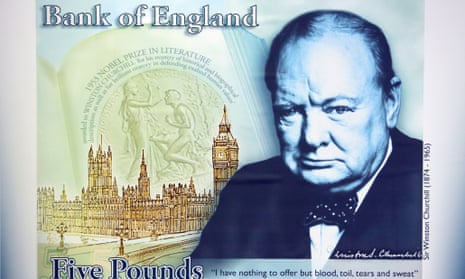Ever wondered how many fingers the banknote you are using has passed through before it got to you? Whether it’s hygienic concerns or just an interest in the dynamism of paper currency, there is actually a way of estimating how many times each type of note changes hands.
According to analysis by OnStride Financial, a £20 note will be used 2,328 times over an average lifespan of 113 months. This is four times as much as the 594 times a £10 note is used, but these generally last only 36 months on average.
The data suggests a £50 note will last 492 months, or 41 years, which is far longer than any other tender. However, it seems that they will spend most of that time sitting in people’s wallets – or briefcases – as they are used on average only 277 times before they exit circulation.
That is even fewer times than a fiver (258 exchanges), which only lasts 23 months before being taken out of circulation – the shortest lifetime of any of the notes.
Analysts worked this out by deriving the speed (velocity) that money moves around the economy using what is known as the “equation of exchange”.
This holds that the velocity (V) multiplied by the number of notes in circulation (M) should be equivalent to the average transaction value (P) multiplied by the number of transactions involving notes (T) – or MV = PT.
Still following? Because the authors had access to M, P and T for a single year (2013) they were able to work out V. This gives you the answer that a banknote on average changes hands 147 times a year.
After getting that figure, they took both the number for how long each type of note was in circulation and how long it was expected to last, both sourced from the Bank of England. They then weighted the numbers to get the probability a banknote appears in a transaction, derived from the average transaction value of £9.47, to get an estimation of the number of times each note changes hands.
Earlier this week, the Bank of England announced that the next £20 note would be printed on polymer rather than paper. This follows the news that the new £5 note featuring Winston Churchill, and the £10 note featuring Jane Austen, will also be polymer when they are phased in over the next couple of years.
It is estimated that this will increase the lifespans of each of these notes considerably – the Bank of England also argues polymer notes are cleaner and more secure.






Comments (…)
Sign in or create your Guardian account to join the discussion